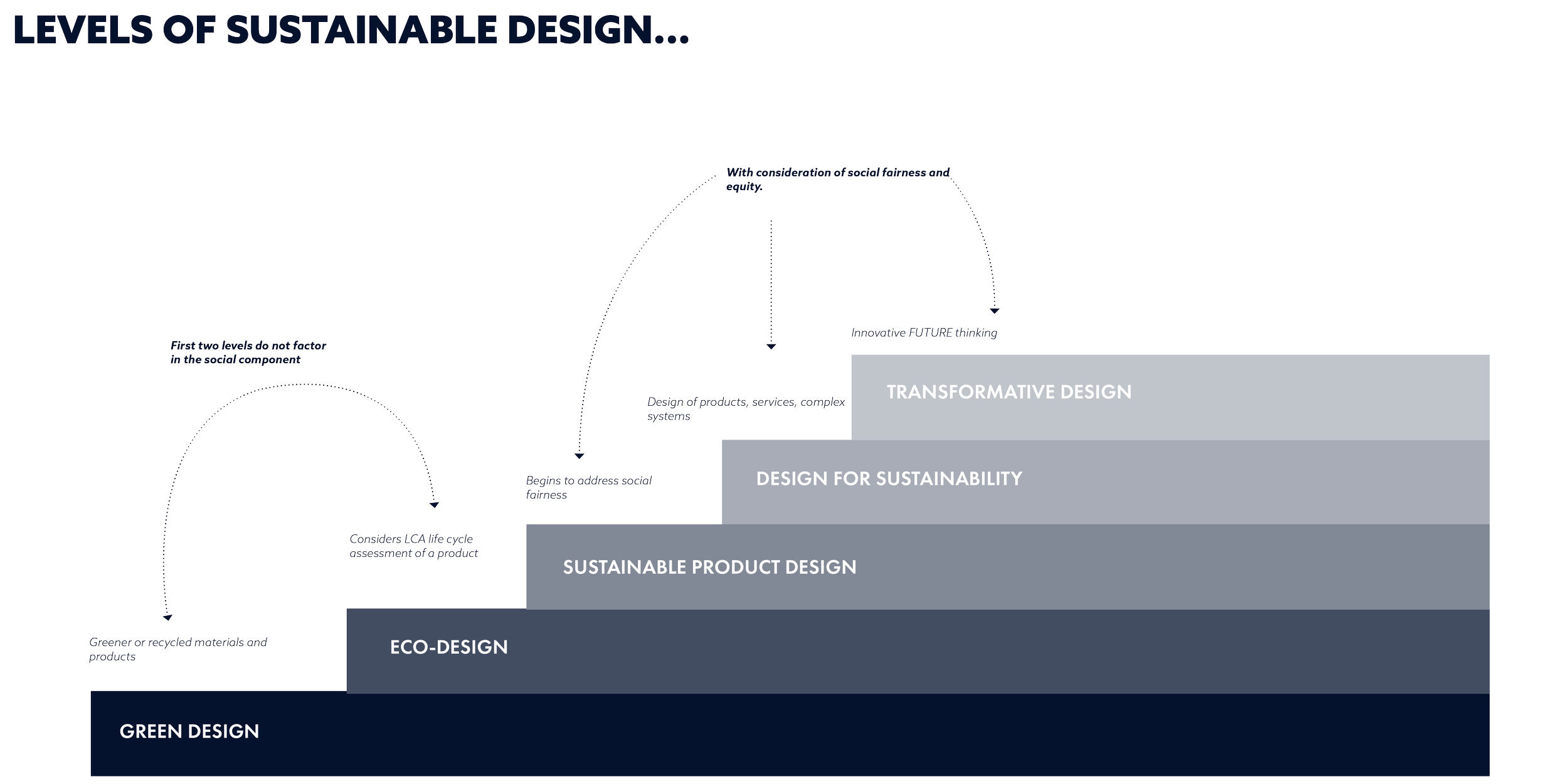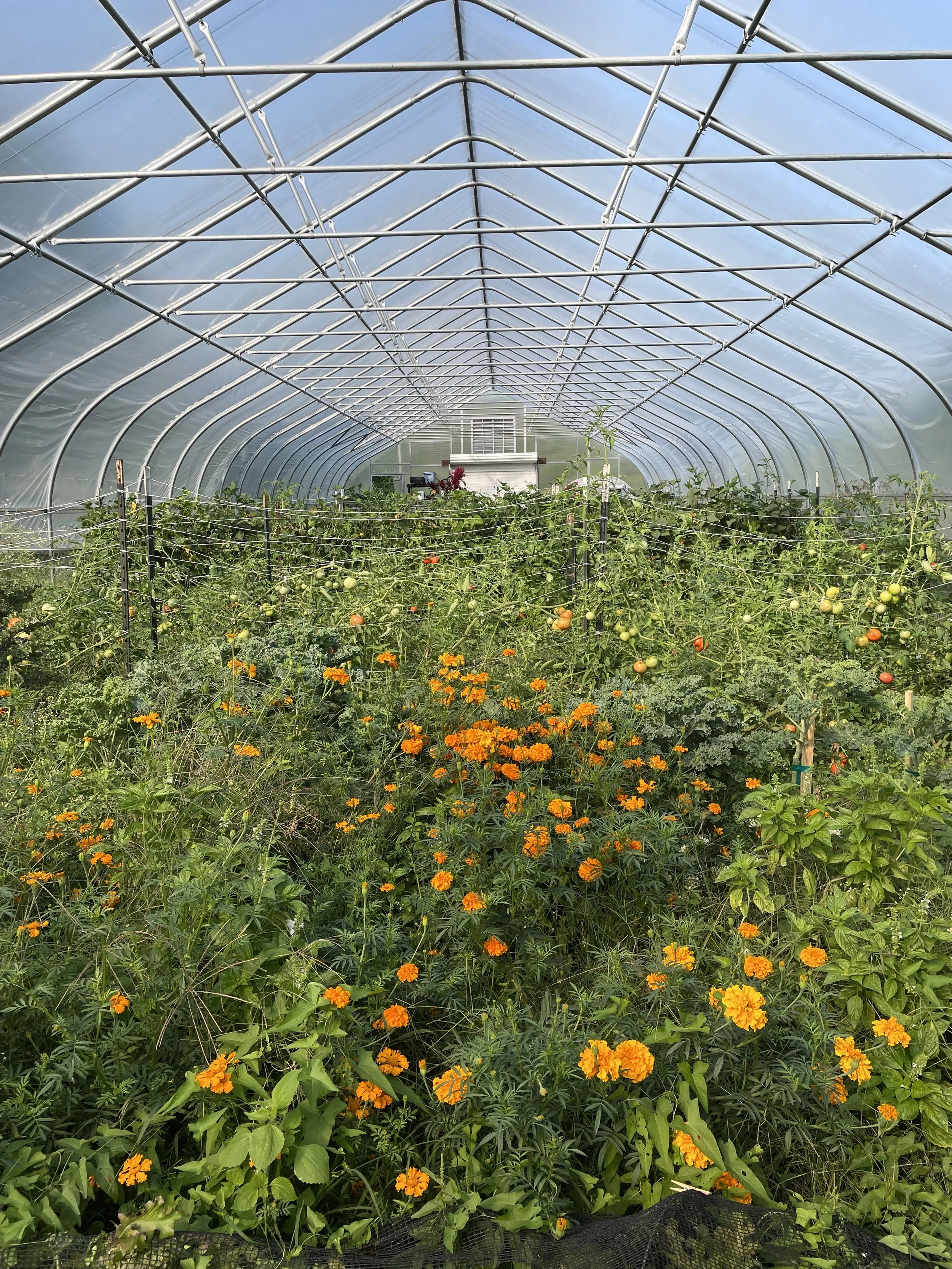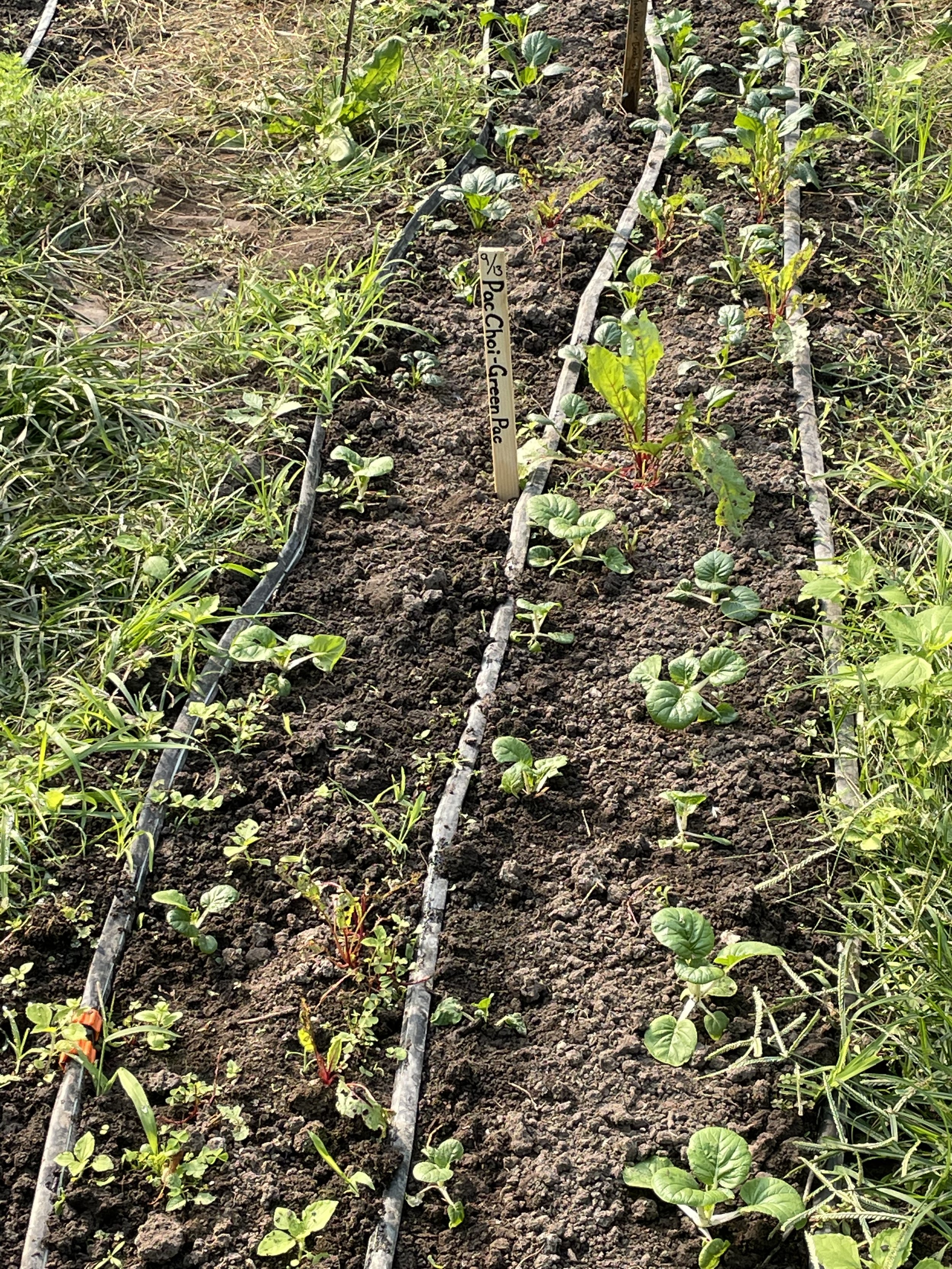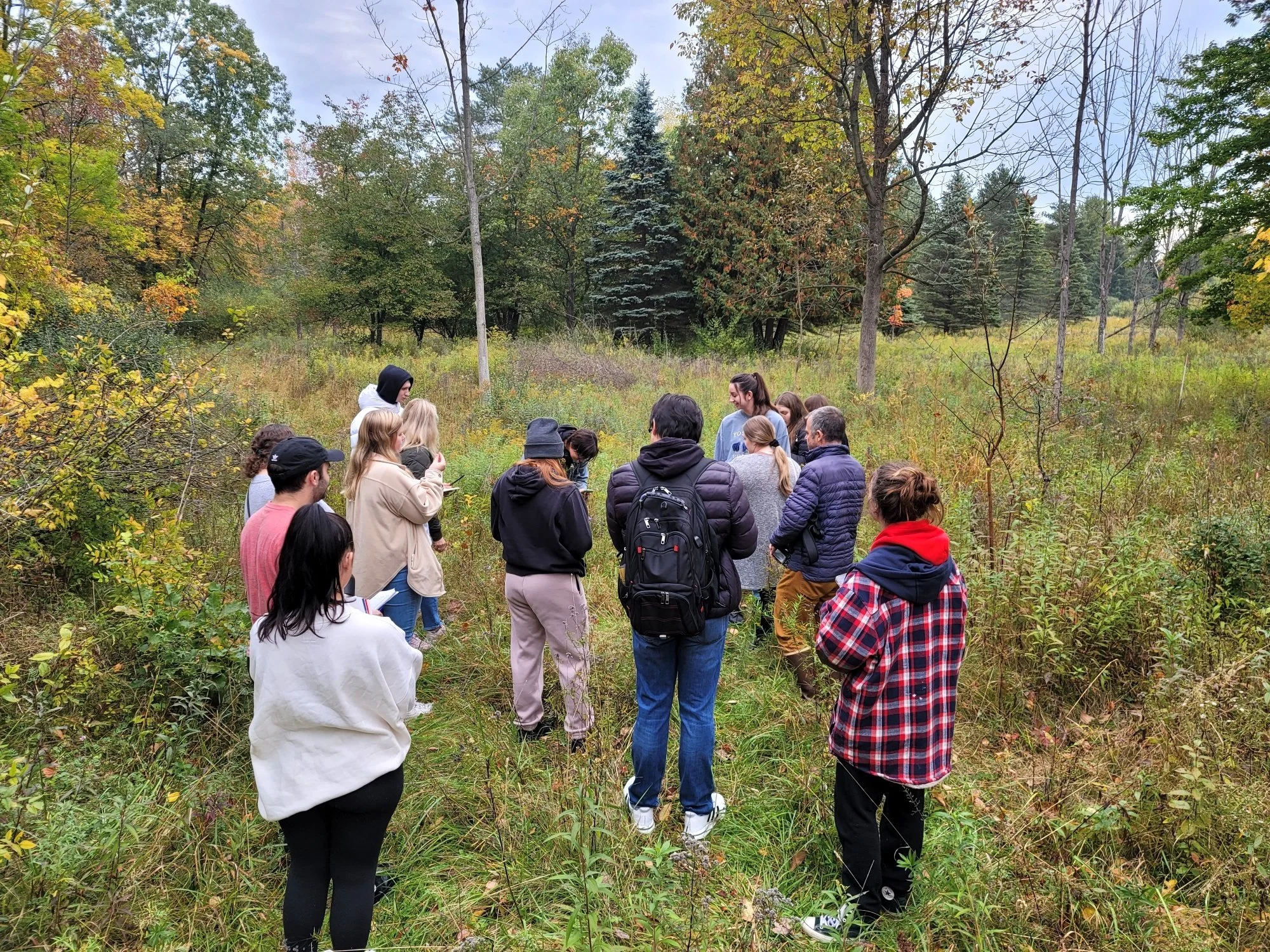RESEARCH | PEDAGOGYSustainable Design Pedagogy: a fifteen-week case study of sustainable and climate design methodology and outcomes
Using the process shown on the left, students explored complex themes such as ocean conservation by designing a low-res and minimal website.
Blue conservancy image by Jaqueline Gamache
Graphic design as a profession often perpetuates rampant consumerism through the art of persuasion, which is directly at odds with working toward sustainable and ecological discourse. To explore the possibilities of sustainable capitalism and foundational sustainable and environmental design themes, I developed a special topics course to understand and investigate the designer’s role as a climate design activist and sustainable designer. The emphasis of this course will focus on sustainable design thinking, praxis, and ideation with the investigation of green or recycled materials as part of the prototyping process—both print and digital—all in the pursuit of reimagined design futures.
This study looks at foundational systems thinking from environmental design pioneers, cross-disciplinary collaboration, and how designers can successfully implement sustainable methodologies and utilize environmentally friendly materials to craft sustainable solutions today. By identifying and framing complex problems plaguing the world, we can examine the possibilities and challenges in addressing these issues broadly or within local communities.
As sustainability and eco-friendly solutions are imperative for future generations’ ability to prosper, sustainable pedagogy must become foundational in graphic design education. By adopting sustainable design pedagogies, educators provide future designers with the tools—and understanding of sustainable design history, process, methodologies, and materials—to question capitalist tendencies and develop sustainable solutions.
Students are introduced to the levels of sustainable design as outlined by the Institute for Manufacturing at the University of Cambridge.
Left: “An average of 36 percent of university students nationwide report experiencing food insecurity at some point in their college education.” Goldrick-Rab, Richardson, Schneider, Hernandez & Cady, 2018
After learning about the benefits of permaculture and organic farming, students designed campaigns to help OU’s student organic farm promote Grizz Greens—a program in conjunction with the campus food pantry that provides students with fresh produce.
Eat your Greens by Jennifer WoodAbove: Students visited Oakland University’s 110 acre Biological Preserve to learn about invasive species, prescribed burns, and the importance of maintaining the many ecosystems with the preserve.
Students explored sustainable themes and green materials by designing zines and small posters that highlight the unique environment. The final deliverables used 100% recycled paper and soy based inks.
top photo by Eric Reikowski, lower photo by David Lambert






